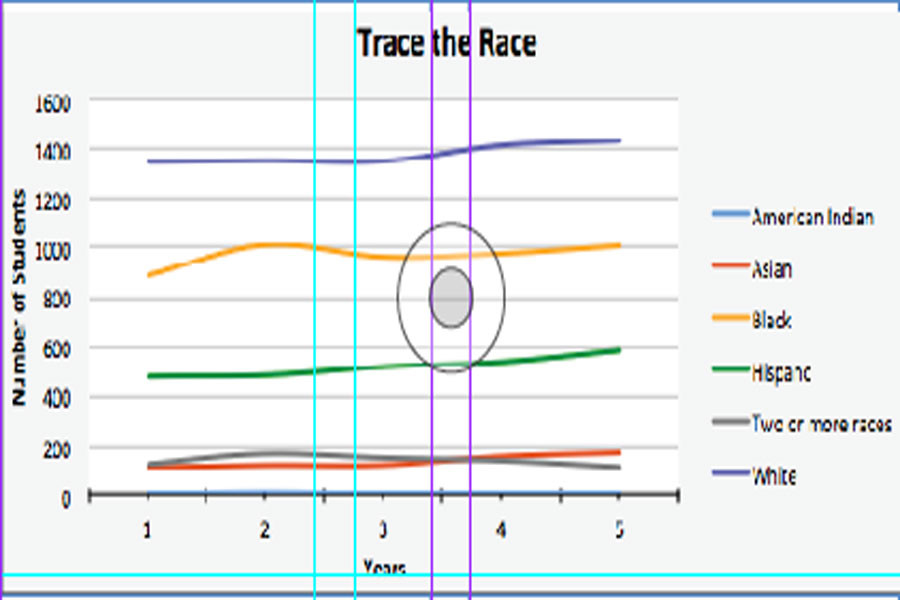Enrollment surge changes demographic, academics
Most of the world is concerned about overpopulation, but not at ETHS.
The schools increasing enrollment does present challenges like larger class sizes and less resources, but it is presenting new opportunities.
“When the change is gradual the effects are not that shocking,” said Superintendent Eric Witherspoon. “Some years we do experience spikes in certain areas and we try to deal with them.”
According to the 2015 Illinois Report Card, over the past few years the student body has been steadily increasing. The school board has been able to anticipate how many new staff members they will need to hire to accommodate the new students; however, this year an abnormally large number of late registered students has caused some problems.
“In some situations teachers have had to take on an overload where they have to teach an additional classes with large class sizes,” said Head of the Teacher Union William Farmer.
The largest problem that the school is experiencing is the increase is in its ELL, or English Language Learner classrooms. Only specially certified teachers are able to teach it, and due to the sudden spike of refugees coming to Evanston those class sizes have gone up dramatically, from 15 students a class to 30.
As the student population continues to grow the gap between the white population and students of color continues to decrease. According to ETHS’s 2014-2015 school profile 43.7% of the student body was white. Trends predict that this number will be lowered. This doesn’t mean there will be less white students, but simply there will be more students of other ethnicities.
“The increase of students of color will contribute to a positive shift in culture,” said Student Rep Camille Allen. “The increase is incredible, and the board recognizes the school’s potential.”
The rise of enrollment means that there are more students that ETHS will have to provide for, effecting our budget, and with the Illinois state budget still undecided with proposals that could both raise or cut school fundings, it is imperative that schools don’t overspend.
“We don’t overstaff. If we did, we would be in trouble like so many other schools in Illinois,” said Witherspoon. “This doesn’t mean we aren’t hiring more teachers. Our staff has been increasing over the past five years as well.”
According to Chief of Research of District 65, Peter Gorard, ETHS does a lot of communicating with District 65 in order to gauge the incoming number of students. This is in order to properly prepare and decide how much staff will need to be added for the upcoming year. Then after students make their class selection for next year, it allows ETHS to predict where specifically they will need more teachers.
Your donation will support the student journalists of the Evanstonian. We are planning a big trip to the Journalism Educators Association conference in Nashville in November 2025, and any support will go towards making that trip a reality. Contributions will appear as a charge from SNOSite. Donations are NOT tax-deductible.






